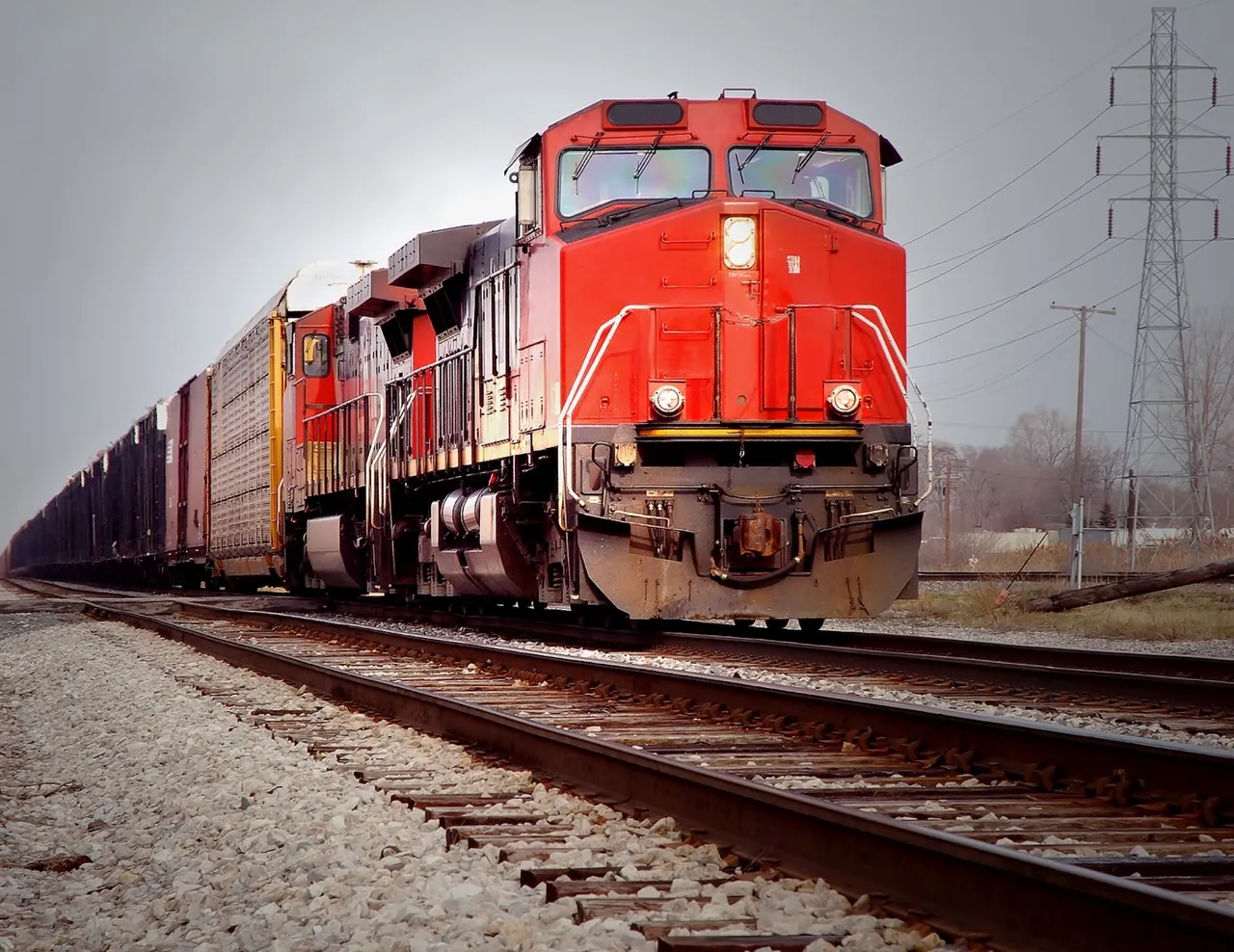
Trains are self-propelled vehicles that run on rails, also known as tracks. They are designed to transport people or freight over long distances, and are typically powered by electricity or diesel fuel. Trains are made up of a series of connected cars or wagons, each of which has its own specific purpose.
There are several types of trains, including:
- Passenger: These trains are designed to transport people from one place to another. They can be further divided into commuter trains, which operate within urban areas, and long-distance trains, which connect cities and towns across longer distances.
- Freight These trains are used to transport goods and cargo. They are often used to transport bulk goods, such as coal, oil, and grain, as well as finished products, such as cars and electronics.
- Tourist: These trains are designed to transport tourists through popular destinations, such as national parks, historic sites, or resort areas. They often feature luxurious accommodations and on-board amenities.
- Heritage: These trains are designed to preserve historic railroad equipment and offer rides that recreate the experience of traveling by train during a specific time period or era.
- Rapid transit: These trains operate within urban areas, providing fast and efficient transportation to large numbers of people. They are often integrated with other forms of public transportation, such as buses and subways.
Trains are operated by railroad companies , which are responsible for maintaining the tracks, locomotives, and rolling stock. Train operators are responsible for ensuring the safety of passengers and freight, as well as adhering to schedules and routes.
Trains have a number of advantages over other modes of transportation, including:
- Fuel efficiency: Trains are generally more fuel-efficient than cars or airplanes, making them a more environmentally friendly option.
- Capacity: Trains can transport large numbers of people or freight, making them a more efficient option for long-distance travel.
- Comfort: Trains offer a comfortable and relaxing way to travel, with spacious seats and on-board amenities.
- Safety: Trains are generally considered to be one of the safest modes of transportation, with a lower accident rate than cars or airplanes.
Trains are a fascinating mode of transportation, chugging their way through history and landscapes, carrying people and goods across vast distances. They're essentially a series of connected vehicles called cars or wagons, moving along dedicated tracks made of steel rails. But trains are much more than just metal on metal. Here's a deeper dive into their world:
1. Components:
- Locomotives: The powerful engines that pull or push trains, fueled by diesel, electricity, or even magnetic levitation in some cases. Think of them as the beating heart of the train.
- Rolling Stock: The diverse carriages that carry the load. Freight trains have specialized cars for different cargo, while passenger trains offer comfy coaches and sleeping cars.
- Tracks: The steel pathway these giants glide on, laid on sleepers and held together by fastenings. Imagine a superhighway made of steel, stretching for miles on end.
- Signals and switches: These act as traffic lights and junctions, guiding trains along the tracks safely and efficiently, preventing collisions and directing them to their destinations.
2. Roles:
- Freight Carriers: Trains are the workhorses of long-distance cargo transportation, hauling everything from raw materials like coal and lumber to manufactured goods and agricultural products. They're often the most economical and environmentally friendly option for bulk cargo.
- Passenger Transporters: From connecting cities and towns to offering scenic journeys, passenger trains provide a comfortable and relaxing alternative to air travel. Some high-speed rail networks even rival airplanes for speed and efficiency.
- Social Connectors: Trains bring communities together, enabling travel, tourism, and economic development. They contribute to a sense of connection and shared experience across landscapes.
3. Future Horizons:
With a growing focus on sustainability and technological advancements, the future of trains is exciting. We can expect:
- Automation: Trains with advanced onboard computers and sensors, operating with minimal human intervention for increased efficiency and safety.
- Electrification: More widespread use of electric locomotives, reducing emissions and dependence on fossil fuels.
- Hyperloop: Supersonic train travel through low-pressure tubes, potentially revolutionizing long-distance journeys.
